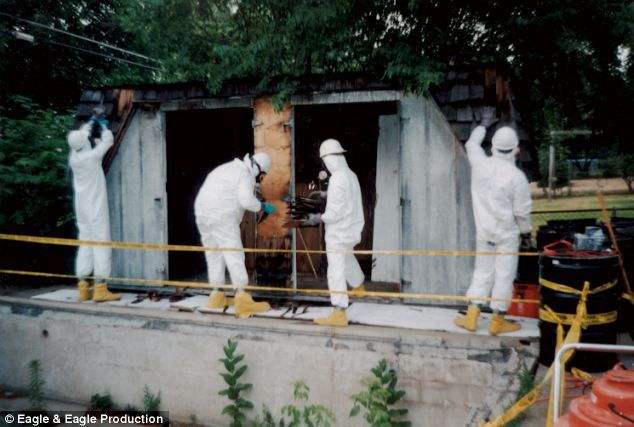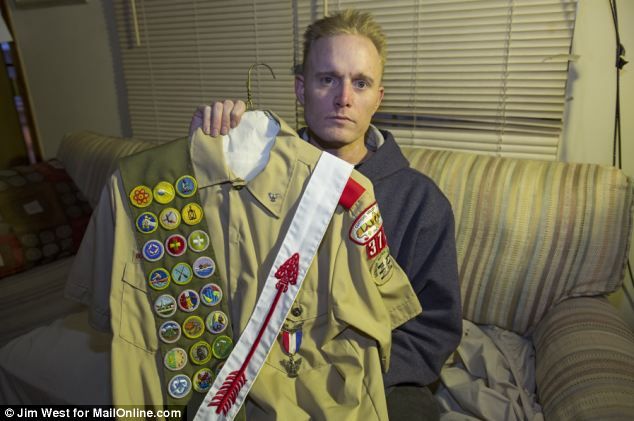Benm
0
- Joined
- Aug 16, 2007
- Messages
- 7,896
- Points
- 113
Rules are rules indeed, and there is a perfectly fine level for occupational hazard to radiation over longer periods of time. For radiological workers in europe this is 20 mSv/year, in the US i believe it's 50 mSv/year.
So wear a dosimeter whilst at work and have that read out on a regular basis.
The results from this can be quite funny though. I remember a case of a company that worked with radiolabeled compounds and all staff were to wear such dosimeters when at work. The person that got the highest dose was the CEO of the company that never did any work with the materials, but happened to fly around quite a bit wearing the dosimeter.
This dosimeter-check idea works really well, unless you are at risk of ingesting or inhaling radioactive substances. When it comes to that i'd rather move around a well documented big angry cobalt source than some radium-painted dials that are broken with chips coming off. The worst thing about the latter is that it can be very difficult to assess the actual exposure even in hindsight.
So wear a dosimeter whilst at work and have that read out on a regular basis.
The results from this can be quite funny though. I remember a case of a company that worked with radiolabeled compounds and all staff were to wear such dosimeters when at work. The person that got the highest dose was the CEO of the company that never did any work with the materials, but happened to fly around quite a bit wearing the dosimeter.
This dosimeter-check idea works really well, unless you are at risk of ingesting or inhaling radioactive substances. When it comes to that i'd rather move around a well documented big angry cobalt source than some radium-painted dials that are broken with chips coming off. The worst thing about the latter is that it can be very difficult to assess the actual exposure even in hindsight.










